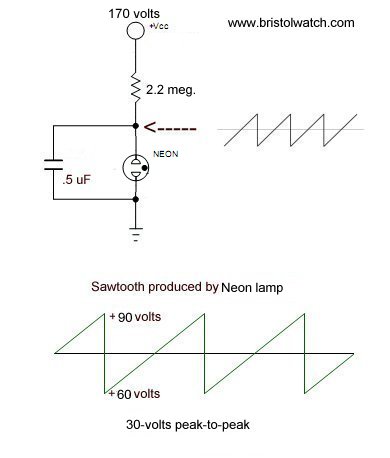Follow along with the video below to see how to install our site as a web app on your home screen.
Note: This feature may not be available in some browsers.
If I place a capacitor across 2 and 3 will the neon lamp inside this switch flash?
View attachment 116231
I know that now.Neon lamps work with AC or DC.
The neon light works well at night. One works like I want. The other one has a "firing" voltage that is right at my line voltage. It is on for 1 second, off for 1 second, then randomly on/off as the line voltage moves and probably as the lamp heats. Drives the wife insane. I am under orders to replace it.switch flash?

